Honestly, the analogue way with diodes and using the AC frequency is a much better way to do this. The digital way here is just to explain the original example given in the question, or if you want crystal accuracy, or just avoid the potential 4% variation in short-term AC frequency.
The example you gave is a small microcontroller circuit. You could achieve it with almost any microcontroller, such as any of the small Arduino family. If it has a crystal (basically all do) you will be as accurate as the one in your example.
The first program anyone runs on such a thing is something to blink an LED, and it's very easy. There are innumerable "blink LED" tutorials available.
It is much easier to get your code onto an Arduino board than a bare microcontroller. For best accuracy, you could program the in assembler or C, but the Arduino coding environment is certainly the easiest way to get yourself going. It all depends on what's easiest for you.
It's entirely possible to do this with a bare microcontroller such as the ATTiny of your linked example, with its internal oscillator or an external one, but you're doing perhaps a lot of work if it's new to you. An external crystal oscillator might go at 8 MHz and have an accuracy around 50 ppm. You can use a module (simplest) or a crystal and two capacitors (cheaper). There is an internal oscillator you could use instead, but it must be calibrated and is generally regarded as about 1% once youv'e done that; if that's good enough you can do without the crystal and just use a CPU such as the ATTiny85.
From your 10 V supply you need to produce 5VDC or 3.3VDC (depending on your chosen microcontroller). You'll want to keep all this as far away from your analogue audio signals.
A blueprint of the microcontroller circuit might be like this:


